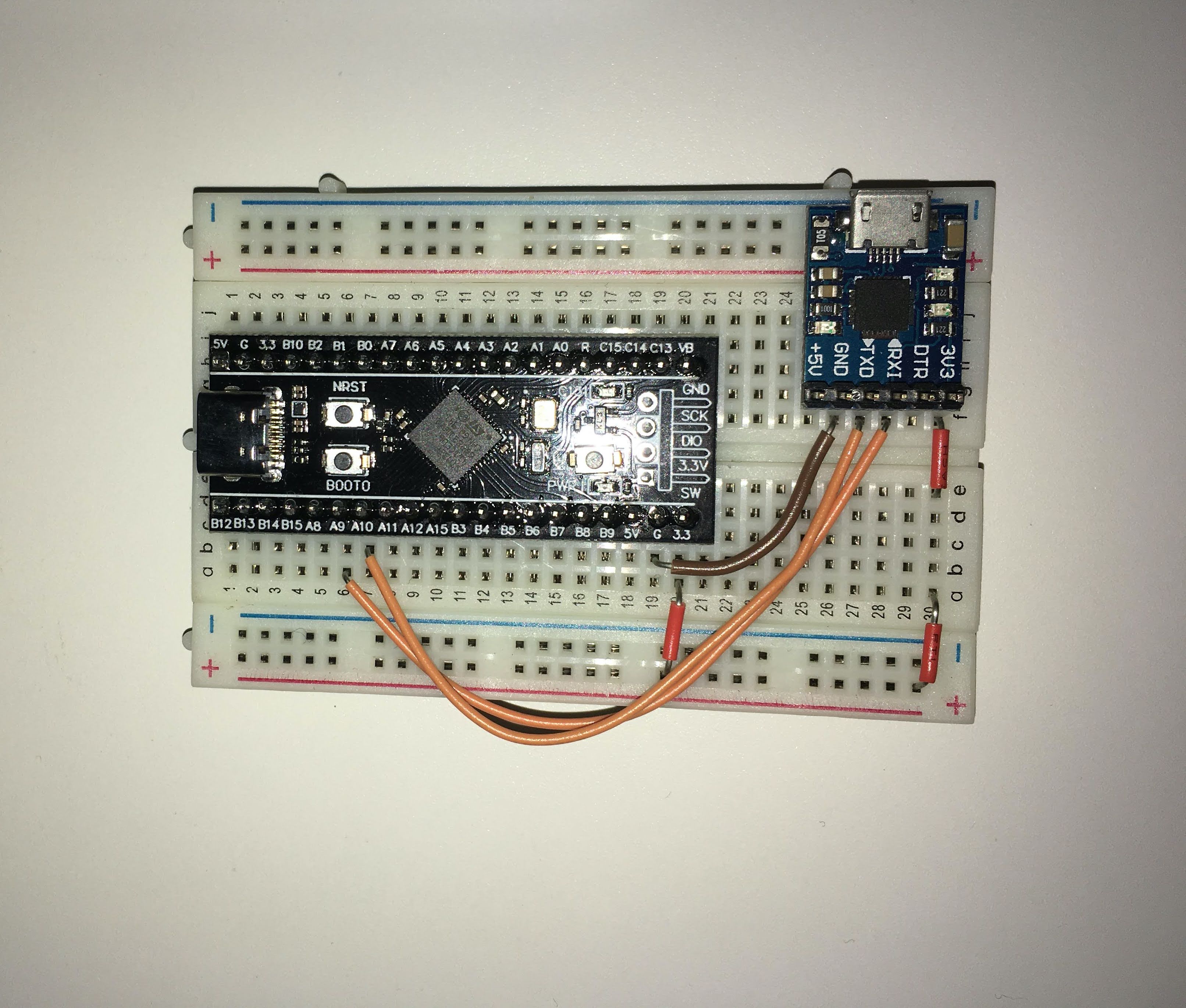

- #TAIT SERIAL PROGRAMMER SCHEMATIC PDF#
- #TAIT SERIAL PROGRAMMER SCHEMATIC PC#
- #TAIT SERIAL PROGRAMMER SCHEMATIC SERIES#
It is a certain non-volatile 'memory area' inside the PIC to store important information related to its operation. The configuration word/bit has nothing to do with the programmer. The pin 12 is not connected to anywhere and left unconnected as the buffer is not used in the circuit, a spare one, so to speak. Just connect the pins with the correct pin numbers shown in the schematic. So you really need a single 7407 IC to build the circuit.

This IC is a 14-pin IC and inside it has 6 buffers, each taking up two pins as input and output pin respectively.Ħx2 = 12 pins and the remaining two pins are positive 5V and 0V(Ground) connection pin. The number refers to the pin number of 7407 IC. Getting confused sorry for my bad english. Isnt it need a crystal to function? I saw from some site, they using crystal sometimes. View Forum Posts Private Message View Blog Entries View Articles Advanced Member level 1 Join Date Jul 2001 Posts 419 Helped 23 / 23.

tait serial programmer schematic This circuit for PIC Multi-Programmer and its PowerSupply Software: Use WinPic hope help u 8) 'From Kitsrus' Advertisment 12th July 2005, 04:20 #20.

Fortunately someone has made a diy version, the Brenner8. Most laptop don't even have a serial port! Thinking ahead a USB programmer seems like a smart investment. USB PIC PROGRAMMER (BRENNER8) My Tait Serial programmer works alright, but not every computer has a parallel port, and these days they're almost extinct. And is all those grounding to the same pin? Can all ground point connect to the parallel port's ground(pin 18-25)? This programmer support 16F84A right? What are these two number refer to? The 12 end should connect to where? Sorry i'm abit confused with those numbering. Electronic Music (New Jersey: Prentice-Hall, 1997), 370pp. Joel Chadabe, Electric Sound: The Past and Promise of.
#TAIT SERIAL PROGRAMMER SCHEMATIC PDF#
In the picture you posted, there are two 7407 at the left hand side, the bottom one label with 13, and 12.Įlectric sound chadabe pdf download. The JDM programmer is more vulnerable to crosstalk than the Tait parallel one.Hi dude i'm new to pic programmer and having some question regarding to the tait classic programmer you posted. Keep the programmer to PIC cable under 15cm. Whatever you do, keep the serial or parallel cable to the programmer short (under 1m) and use ribbon cable as the capacitance line to line in a good quality shielded cable is too high and crosstalk can be a problem. Its pretty simple to build and much more forgiving of substitute parts than a JDM programmer. You *may* need a 10uF capacitor across the Vss and Vdd pins at the PIC for PIC18F parts. You can re-design the power supply circuit however you like so long as the 5V rail is +/- 0.1V and good for 100mA with a decoupling capacitor across it and the 13V rail is +/- 0.3V and good for 10mA. Any junk box part with Vceo >=25V, reasonably low leakage and HFE>50 will be fine. You just tell WinPic if you have substituted an inverting buffer.
#TAIT SERIAL PROGRAMMER SCHEMATIC SERIES#
The IC should be a 74 series TTL 7407 or 74LS07 although just about any inverting or non-inverting logic buffer WITH OPEN COLLECTOR OUTPUTS that are rated for 15V VoH MAX or higher can be used.
#TAIT SERIAL PROGRAMMER SCHEMATIC PC#
You would be better served by the classic Tait parallel interface programmer *IF* you have any XP or earlier PC with a parallel port (again, not a USB one): NEVER try to use one for ICSP as they just don't have enough drive capability and Vss is NOT the same as PC ground. However if built properly and used on a desktop PC's proper serial port that has at least +/-12V output swing they do work fairly reliably. JDM programmers are crap by design as there just aren't enough output lines on a serial port to properly implement the ICSP specs for many common flash PICs. The PGM pin must be grounded to prevent it entering LVP mode. ALL Vss pins and all Vdd pins on the 40 pin socket 8MUST* be connected. Connect to corresponding pins on a 40 pin socket (see the PIC18F4450 pinout in the datasheet) and it should work OK. In the true JDM schematic above, just the stuff round the socket.


 0 kommentar(er)
0 kommentar(er)
